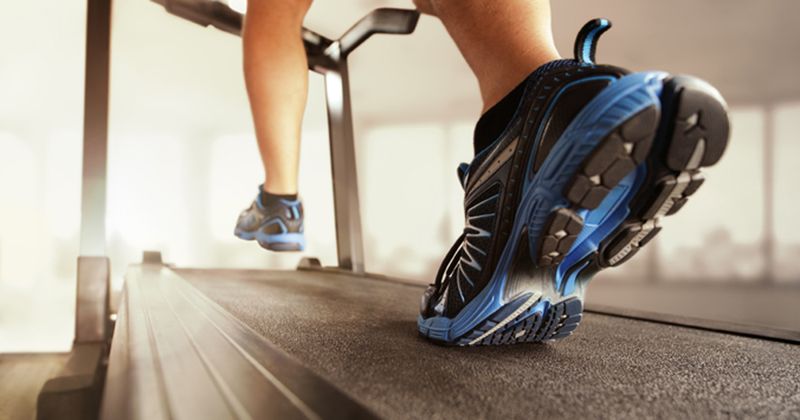Glucose levels, time in range improve on days with exercise in type 1 diabetes
Individuals with type 1 diabetes had lower mean glucose levels and spent more time in range on days they exercised compared with sedentary days, according to data published in Diabetes Technology & Therapeutics.
“This study shows that about 30 minutes of structured exercise in any form (aerobic, resistance or mixed forms of activity) improves time in range in people living with type 1 diabetes,” Michael C. Riddell, PhD, professor in the School of Kinesiology and Health Science and Muscle Health Research Centre at York University in Toronto, told Healio. “The short-term effects of exercise on glucose management appears to be limited to about 24 hours, thereby making daily exercise a powerful way to help improve glucose levels.”

Riddell and colleagues recruited 44 people with type 1 diabetes aged 15 to 68 years to take part in the study (mean age, 35 years). Participants were randomly assigned to exercise along with a video at home twice weekly for 4 weeks. One video involved continuous moderate-intensity aerobic training, the second was a high-intensity interval training regimen, and the third featured resistance training. Participants enrolled at clinic sites and completed two of the exercise sessions at the clinic , while the rest of the exercise sessions were done outside of clinic. Individuals were encouraged to continue their usual physical activity during the study period.
A cloud-connected smartphone application was used to collect all study exercise events and personal exercise data. Participants used their own continuous glucose monitor or a blinded CGM if they did not use a personal CGM, as well as a heart rate monitor. Data from each participant was divided into exercise days where participants performed a study-assigned or personal exercise session, and sedentary days without any exercise.
Of the study population, 19 were assigned to aerobic training, 14 performed resistance training and 11 took part in high-intensity interval training. A total of 642 exercise and 487 sedentary days were analyzed. The total study cohort had a lower mean glucose on exercise days compared with sedentary days (150 mg/dL vs. 166 mg/dL; P = .01), a higher percentage of time spent in range (62% vs. 56%; P = .03) and less time with glucose of 180 mg/dL or more (28% vs. 37%; P = .01). Participants also had more time with glucose of less than 70 mg/dL on exercise days compared with sedentary days (9.3% vs. 7.1%; P = .04).
“Regular exercise can come at a cost of slightly higher time below range (i.e. mild to moderate hypoglycemia),” Riddell said. “All active people living with type 1 diabetes should be using continuous glucose monitors to help facilitate their glucose management, particularly if they are physically active.”
Individuals who exercised for less than 1 hour had a lower percentage of time with glucose of less than 70 mg/dL and glucose less than 54 mg/dL than those who exercised for 1 hour or more (P = .03 for both). No associations were found between exercise duration and other metrics.
Researchers compared data from 4-hour blocks after exercising with equivalent sedentary time. Within 4 hours of the end of exercise, participants had a 20 mg/dL mean reduction in glucose compared with the same time on sedentary days. The difference in glucose level disappeared 16 to 20 hours after exercise. Mean percentage of time with glucose of 180 mg/dL or higher was also 11% lower in the 4 hours after exercise compared with the same period on sedentary days. This difference also disappeared 16 to 20 hours after exercise.
Glucose levels was similar in the aerobic, high-intensity and resistance exercise groups. Participants in the resistance exercise group had a higher mean time in range and lower percentage of time with glucose of 180 mg/dL or higher 12 to 20 hours post-exercise than in the first 12 hours after exercising.
“These results support the American Diabetes Association guidelines for regular exercise to enhance health and fitness for people living with diabetes, particularly in those not achieving the expected time in glucose range,” Riddell said.
In ongoing work supported by the Helmsley Trust, the Jaeb Center for Health Research is recruiting for a larger study that will further assess the impact of factors such as insulin dosages, nutrition, meal timing age, and sex on glucose levels in response to different forms of physical activity.
“The goal of this research is to help future technologies such as automated insulin delivery systems better respond to exercise in people living with type 1 diabetes,” Riddell said.
For more information:
Michael C. Riddell, PhD, can be reached at mriddell@yorku.ca
